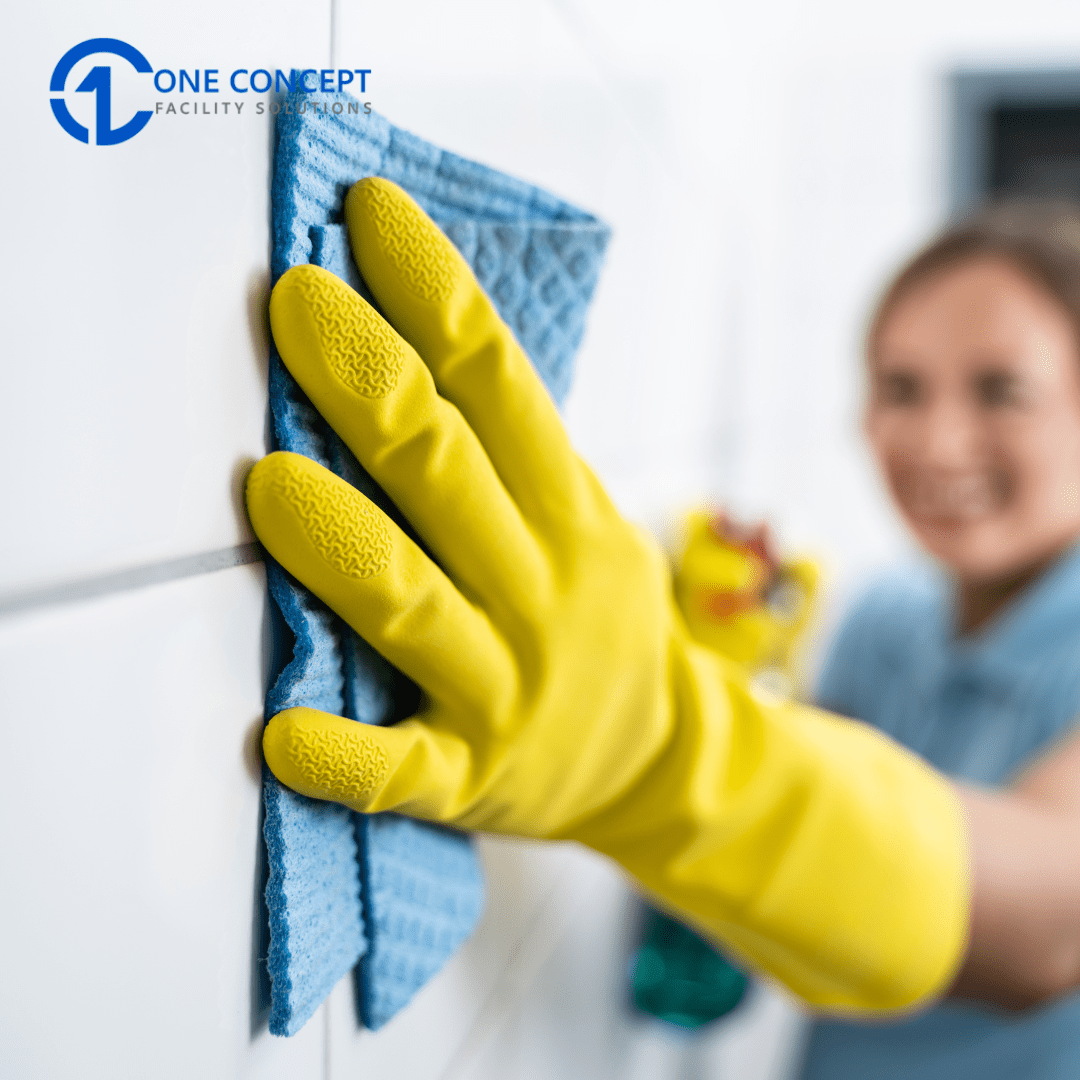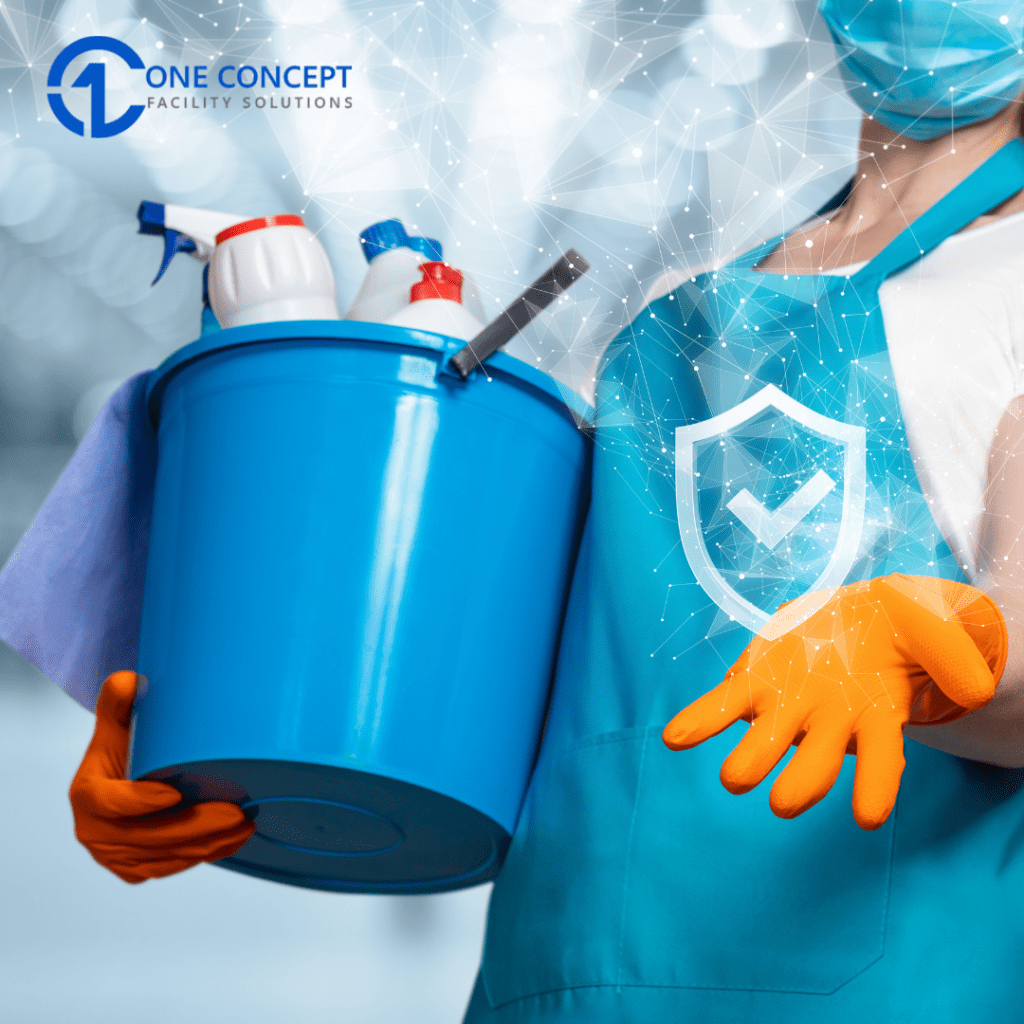In any healthcare facility, the need for cleanliness goes beyond surface-level tidying; It’s about ensuring that every inch of the space is sanitized to prevent contamination, promote healing, and reduce the risk of infections; One of the most critical aspects of maintaining this level of cleanliness is sterile environment cleaning.
This process is essential for any facility, from hospitals and clinics to laboratories and operating rooms, where even the smallest amount of contamination can lead to serious health risks.
What Is the Sterile Environment Cleaning Process?
This service refers to the process of thoroughly sanitizing and disinfecting spaces that require a high level of cleanliness and control to prevent the spread of infections; This type of cleaning goes beyond regular housekeeping tasks, focusing specifically on environments where maintaining a sterile atmosphere is crucial for patient safety and medical procedures.
Sterile cleaning is especially important in areas such as operating rooms, intensive care units, and sterile laboratories; These areas need to be free of any pathogens or contaminants that could negatively affect patients or interfere with medical procedures; Achieving a sterile environment requires specialized cleaning techniques, equipment, and cleaning agents to ensure every surface and area is disinfected and properly sanitized.
Why Sterile Environment Cleaning Matters
The importance of sterile cleaning cannot be overstated, particularly in healthcare settings; Healthcare facilities, such as hospitals and clinics, are places where people come to heal, but they can also be environments where infections are easily transmitted; For this reason, keeping these spaces clean is a top priority.
Infection control is one of the most critical aspects of healthcare cleaning; Hospitals and clinics are home to individuals with weakened immune systems, making them more susceptible to infections; Sterile environment cleaning reduces the risk of hospital-acquired infections (HAIs) by ensuring that harmful bacteria and viruses are eliminated from high-risk areas.
Additionally, sterile cleaning protects both patients and medical professionals; Clean, sanitized spaces help ensure that procedures are performed in a safe and hygienic environment, which contributes to faster patient recovery times and reduces complications during treatment.
Key Areas Where Sterile Environment Cleaning Is Essential
Certain areas of healthcare facilities require more stringent cleaning processes to maintain a sterile environment; These areas often have high concentrations of patients, medical procedures, or vulnerable individuals, and they must be sanitized with extra care; Some of the most critical areas include:
- Operating Rooms: These rooms are perhaps the most important areas requiring sterile cleaning; Any contamination in the operating room can lead to severe infections and complications for patients; Medical staff and equipment must be thoroughly sanitized, and the room must remain free from pathogens before, during, and after surgeries.
- Intensive Care Units (ICUs): Patients in the ICU often have compromised immune systems, making infection prevention even more critical; Sterile ensures that everything from bed linens to medical equipment is disinfected to prevent the spread of infections.
- Sterile Laboratories: Laboratories, where medical tests and research are conducted, must also maintain a sterile environment. Contamination of samples, instruments, or work surfaces can lead to inaccurate results and even harmful outbreaks; Regular cleaning ensures that laboratories are properly sanitized and compliant with health regulations.
- Patient Rooms: While patient rooms may not require the same level of sterilization as operating rooms, maintaining cleanliness in these spaces is vital for preventing the spread of infections; Sterile services ensure that these rooms are properly disinfected to keep both patients and staff safe.
- Waiting Areas and Common Spaces: Even though these spaces may not be directly involved in medical procedures, they still require frequent cleaning and sanitization; High-touch areas such as chairs, tables, and door handles can harbor harmful bacteria, and regular cleaning helps keep these areas safe for both patients and visitors.
How Sterile Environment Cleaning Works
Sterile cleaning steps require a systematic approach that involves a range of cleaning methods and techniques to ensure the highest level of sanitation; The process typically involves the following steps:
- Preparation: Before beginning the cleaning process, the area is prepared; Medical staff may need to remove equipment or items that could interfere with cleaning; All surfaces are inspected for any visible dirt or contamination.
- Disinfection: then involves the use of hospital-grade disinfectants and cleaning agents that are specifically formulated to kill bacteria, viruses, and other pathogens; Disinfection is crucial in preventing the spread of infections, particularly in high-risk areas like operating rooms.
- Cleaning for Healthcare Environments: Areas that require a sterile environment need to be cleaned using specialized tools such as microfiber cloths, HEPA vacuums, and germicidal wipes; These tools are designed to eliminate dirt and pathogens without leaving behind any residue that could attract bacteria.
- Final Inspection: Once the area has been cleaned and disinfected, a final inspection is conducted to ensure that everything has been sanitized properly; This ensures that the area is free from any contamination and ready for use by patients or medical professionals.

The Benefits of Sterile Environment Cleaning
The Most Common Benefits of Sterile Cleaning; include:
- Prevention of Infections: The primary benefit of it is the prevention of infections; By eliminating harmful bacteria and viruses from the environment, healthcare facilities reduce the likelihood of hospital-acquired infections, which can be costly and harmful to patients.
- Improved Patient Outcomes: A clean, sterile environment plays a significant role in patient recovery; When patients are treated in hygienic spaces, their risk of developing infections decreases, leading to faster recovery and improved overall health outcomes.
- Compliance with Health Regulations: Healthcare facilities must adhere to strict sanitation and hygiene standards; Sterile environment cleaning ensures that hospitals, clinics, and laboratories comply with local and national health regulations, which helps avoid penalties and legal issues.
- Enhanced Reputation: A hospital or healthcare facility that maintains a sterile environment builds trust with patients, staff, and visitors; Patients are more likely to choose a facility that is known for its cleanliness and dedication to infection prevention.
One Concept Facility Solutions Your Sterile Environment Cleaning Experts in Kearny, NJ
One Concept Facility Solutions is a trusted provider of sterile environment cleaning services in Kearny, NJ; Its team of experts is dedicated to ensuring that healthcare facilities remain clean, sanitized, and safe for both patients and staff; Specializing in infection control cleaning services and disinfecting hospitals, One Concept Facility Solutions offers a full range of cleaning services designed to meet the unique needs of medical and healthcare environments.
Whether it’s operating rooms, patient rooms, or laboratories, One Concept Facility Solutions has the experience and tools needed to maintain a sterile environment; They use hospital-grade disinfectants, specialized cleaning equipment, and proven techniques to keep healthcare facilities safe and compliant with health regulations.
Now; If you are looking for reliable sterile environment cleaning services in Kearny, NJ, visit One Concept Facility Solutions to learn more about our offerings and how they can help maintain a clean and safe environment for your healthcare facility.


